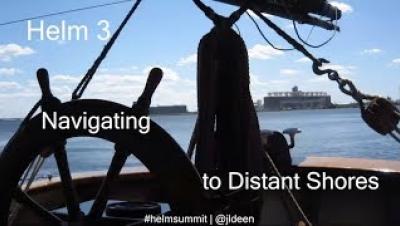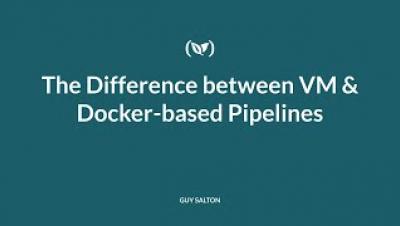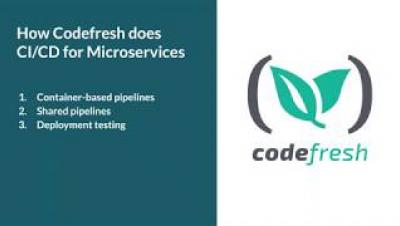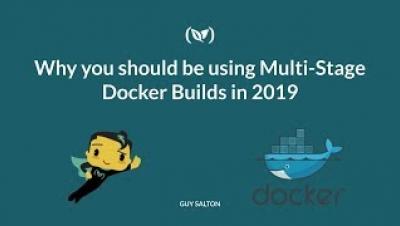Helm 3: Navigating to Distant Shores
Since its initial debut 5 years ago Kubernetes has grown up quite a bit, but one thing hasn’t changed: writing Kubernetes manifest files from scratch is hard. In fact, it’s borderline discouraging for new users looking to use the defacto container orchestrator. Thus, the need for a package manager was born: Helm. Helm is almost as old as Kubernetes (it’s about 4 years) old and Helm 2 is a merger of two code bases, which made for some interesting ways of approaching even the most basic of security concerns (say, RBAC for instance). If you’re familiar with Helm you already know how useful it is, but there are features you’d like added, some updates you’ve wished for, and a major component you’d like removed: Tiller.





